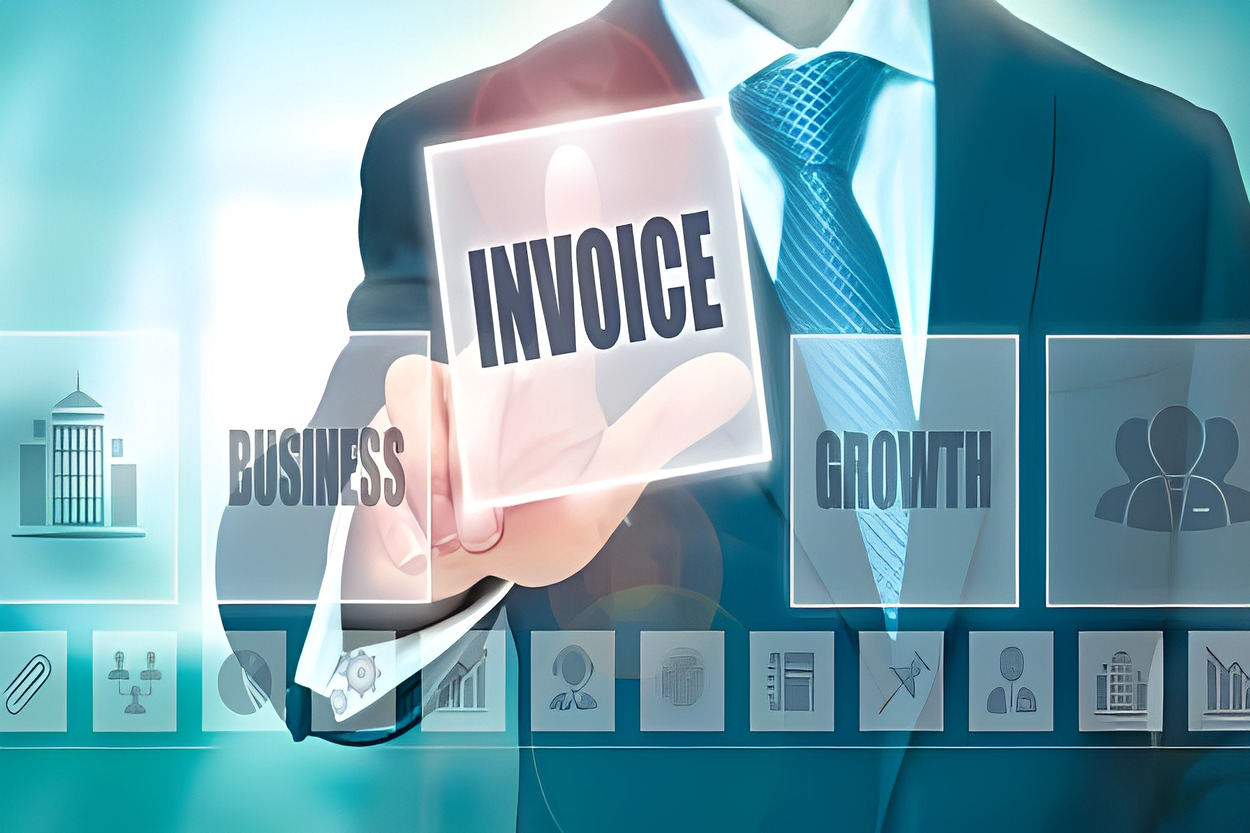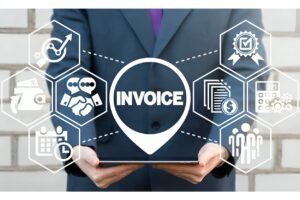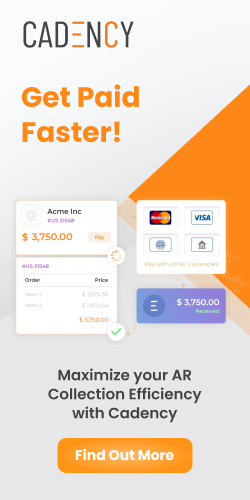Operating a business requires consistent cash flow, which only happens when customers pay on time. Stable cash flow ensures smooth business operations, however, things can become stressful when customers routinely delay payments. Overdue invoices increase the risk of bad debt and chasing unpaid invoices is a resource drain for finance teams. Fortunately, numerous strategies exist to effectively handle late-paying customers and manage outstanding payments. This blog will guide you in unlocking your cash flow by effectively managing outstanding invoices.
In this article
Key Factors Behind Payment Delays by Customers
Businesses frequently face overdue invoices due to various reasons. Identifying why clients delay or fail to pay assists in recognizing improvement areas. Here are the most common reasons for overdue invoices.
a. Your Client Faces Cash Flow Constraints
Customers may simply be cash-strapped, resulting in overdue payments. Businesses offering credit often face late-paying customers and unpaid receivables. Regardless of the reason, it is crucial to continuously engage clients to settle invoices and decrease the probability of transforming late invoices into bad debt. Without the use of technology and automation, engaging late-paying customers amplifies the workload for your AR team.
b. Invoicing Systems Contribute to Outstanding Payments
Using a manual invoicing system often involves clunky processes and friction for the AR team. Traditional invoicing methods pose an obstacle in the invoice-to-cash process in several ways.
First, manual paper-based invoicing is susceptible to errors, including inaccurate amounts, misspelt recipient names, erroneous bank account details, or absent payment information. Errors necessitate revisions and subsequent retransmission of invoices to customers, resulting in delayed payments.
Second, invoices sent by mail can encounter prolonged delivery times. Even invoices sent by email may end up in the spam folder, compounding delays.
c. Inadequate Payment Options
Customers facing limited options for payment methods may delay their invoice payments. Delays will likely occur if customers are not offered a payment method familiar to them in their local currency. For example, providing direct debit options makes it easy for customers to pay without friction. Conversely, expecting customers to manually initiate payments would necessitate them to request their bank to issue the payment, a process inherently susceptible to payment delays.
5 Strategies to Prevent Outstanding Payments
1. Payment Reminders – The Right Tone and Timing
As the payment deadline for an invoice nears, sending a courteous email reminder can prompt customers to settle their outstanding payments. It is crucial to provide a polite and constructive reminder to avoid causing irritation. If the invoice becomes long overdue despite previous reminders, it might be appropriate to send a more assertive notice requesting immediate payment. Some customers may require multiple reminders that an invoice is coming due. While others may need only one reminder. Having an automated system that allows you to set different reminder cadences for different customers would be useful.
2. Nurturing Open Dialogue
Emphatically inquiring why your client is not paying will help you identify the reason for outstanding payments without intimidating them. Keeping a channel of communication allows you to address any issues or challenges they might be facing and find possible solutions. Keep in mind the person or the business who may be experiencing financial difficulties, and offering logical resolutions like payment plans will help you strengthen business relationships.
3. Being Flexible with Payment Plans for Struggling Clients
When customers cannot pay your invoices in full, encouraging them with an instalment plan can help you recover your debt. This approach will help you prevent outstanding payments from turning into bad debt and ensure a steady flow of funds. As part of the payment plan, negotiate a payment amount that aligns with the customer’s financial capacity while establishing a clear timeframe for making these payments. This will save your cash flow from bottlenecking while maintaining positive customer relationships.
4. Establish Clear Policies for Overdue Payments
To address consistent late payments from your customers, consider implementing penalties and interest charges. This includes establishing policies and informing customers in advance about accruing late payment fees after a specified number of days. Enforcing such measures can incentivize customers to make timely payments.
5. Handling Evasive Clients with a Strategic Approach
Dealing with clients who ignore overdue invoices and communications requires a strategic approach. Start by reviewing contract terms and sending clear, formal notices outlining the overdue amount and consequences. Try various communication channels to reach them, and consider involving a collection agency or seeking legal advice. Professionalism is key; avoid aggression while emphasizing the importance of payment resolution. Document all interactions for future reference and consider suspending services until the outstanding balance is settled.
Implementing AR Automation to Reduce Outstanding Payments
A proactive approach to deal with outstanding payments is to implement an AR automation solution. This will streamline all accounts receivable functions, including invoicing, payments, collections, reconciliation, and reporting. With automation, you can replace your manual paper-based invoices with electronic invoices that are automatically generated and sent to your customers. Not only does this minimize errors, but it will also save time and increase the productivity of the AR team. Invoice and payment disputes will also be reduced, ensuring smooth payment journeys for customers who can pay using their preferred mode of payment.
Transforming your order-to-cash workflow enhances AR automation best practices by providing better visibility into invoices at risk of late payment. It also allows you to track high-risk clients to prevent bad debt. Additionally, the automation software uses algorithms to provide a unified source of truth, including data analytics and financial reports, empowering CFOs to make strategic decisions. Overall, AR automation software will help you improve your cash flow while improving your organization’s bottom line.
Frequently Asked Questions
What is an unpaid invoice?
Businesses selling on credit send invoices to customers with a due date. If the invoice is not paid on the agreed date, it is considered unpaid. The accounts receivable team then contacts clients to encourage them to pay their debt.
What is an outstanding payment?
In the B2B space, a customer has to pay their invoices within the agreed upon time after the completion of a sale. If the invoice remains unpaid, regardless of the deadline, it is referred to as an outstanding payment. These outstanding payments and late-paying customers hinder your cash flow.
What is the difference between an outstanding payment and an overdue invoice?
Outstanding payments and overdue invoices refer to debt but have different meanings. Outstanding payment refers to any payment not yet paid by a customer, regardless of the due date. However, an overdue invoice refers to an unpaid invoice by the deadline.
Why invoice collection is essential for a business?
Recovering unpaid invoices is crucial for resolving debt and maintaining a steady cash flow within the business. Delayed collection adversely affects cash flow, elevating the risk of bad debt. Unsettled invoices hinder small businesses from funding projects and planning future investments. Failure to address this debt significantly impacts cash flow and the overall financial well-being of the business.






